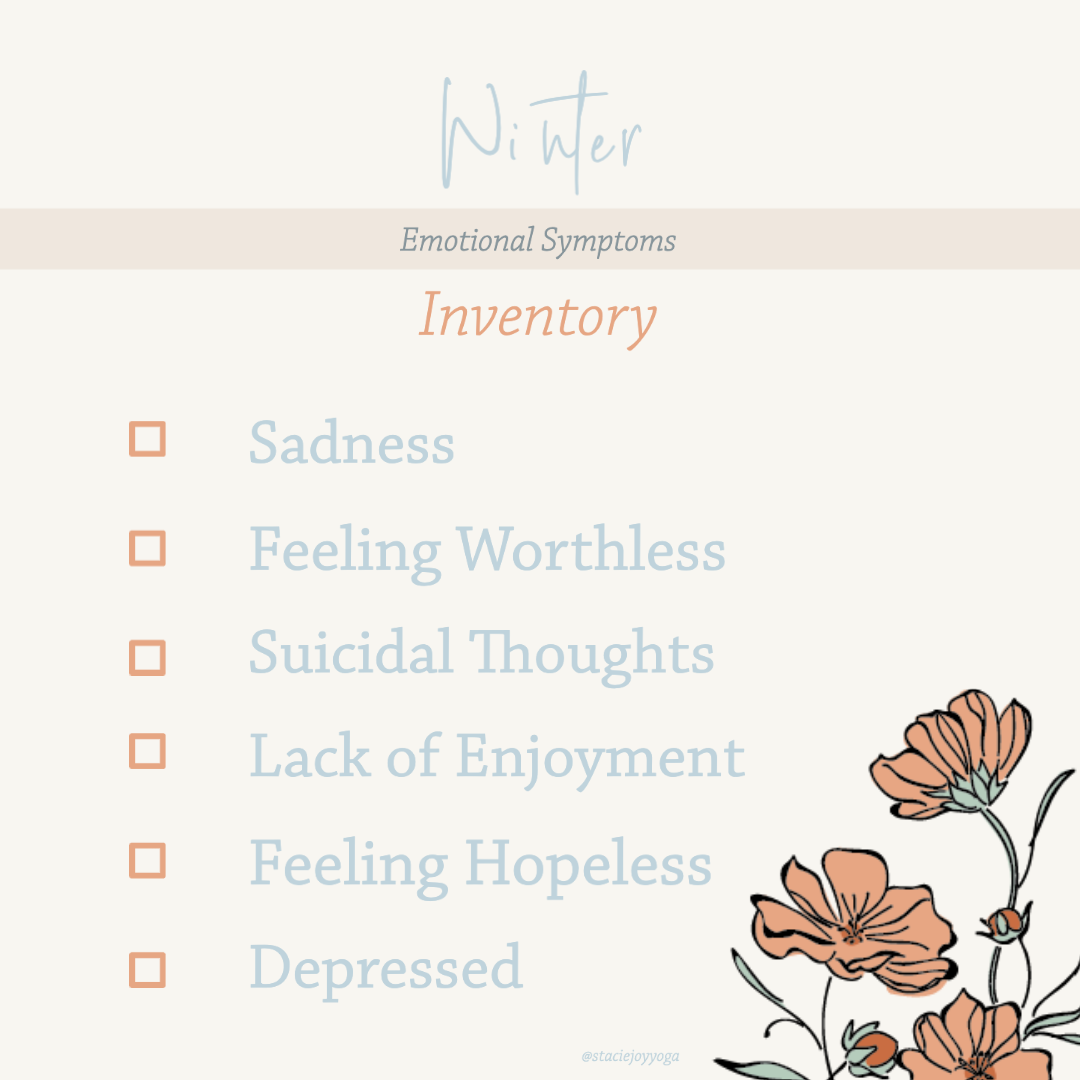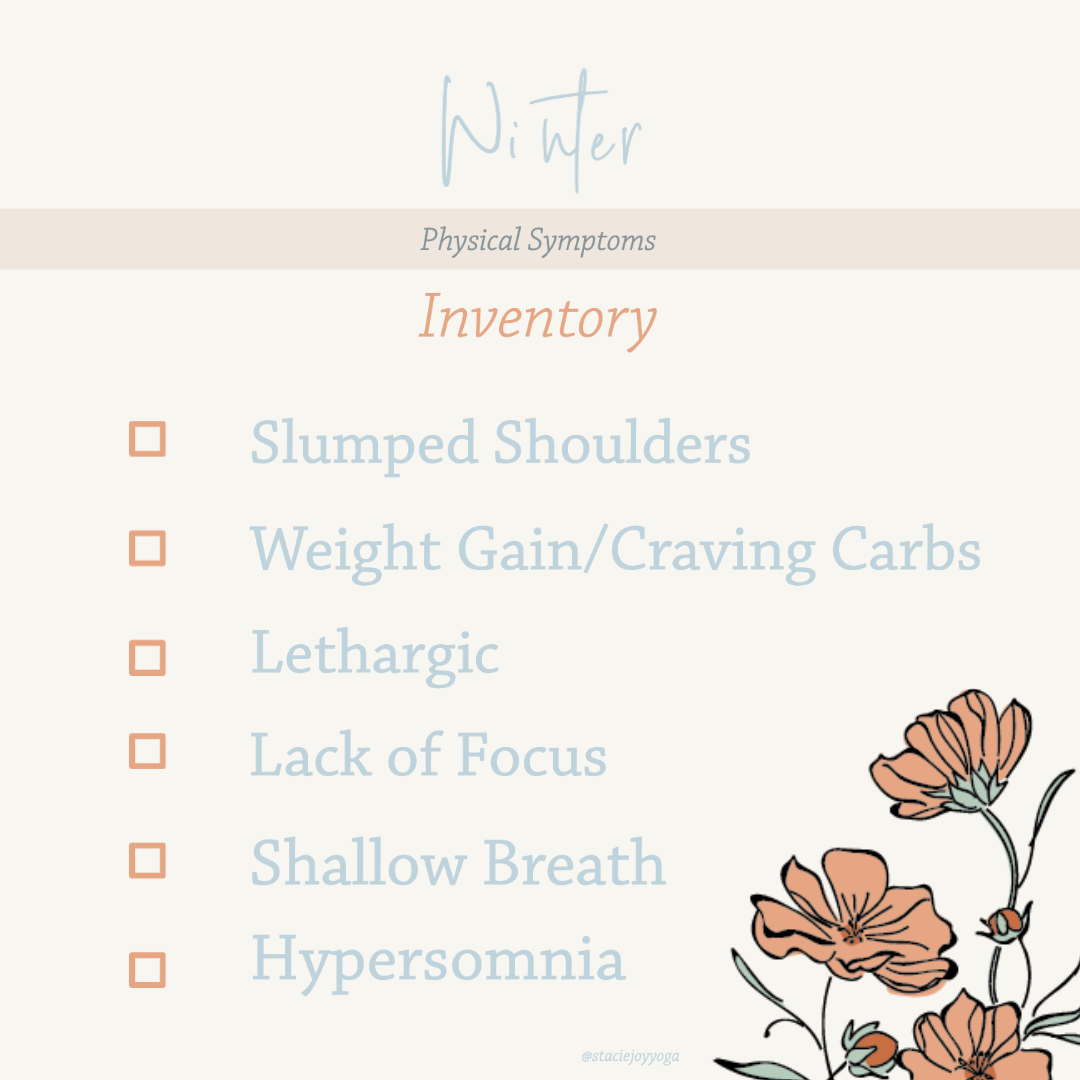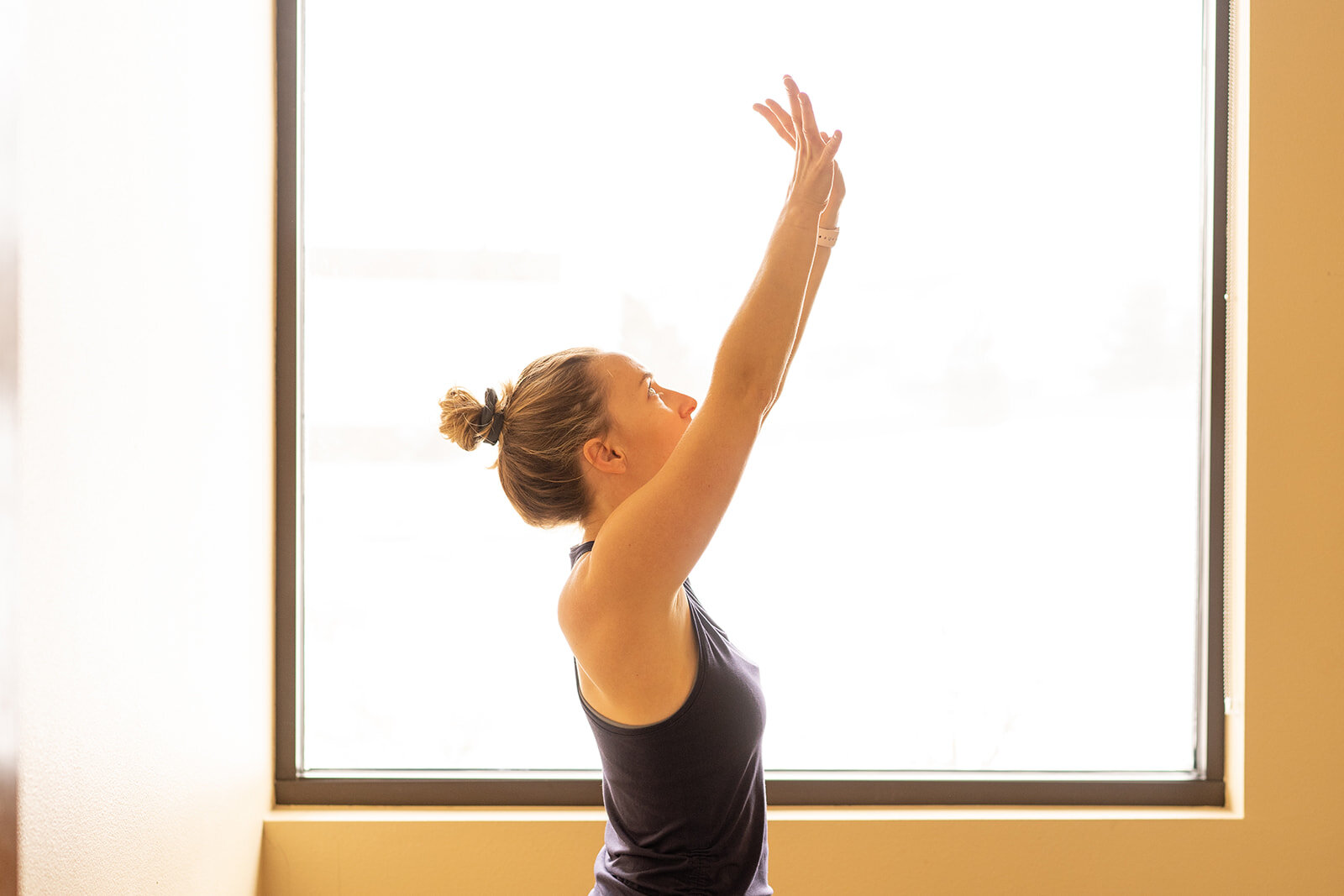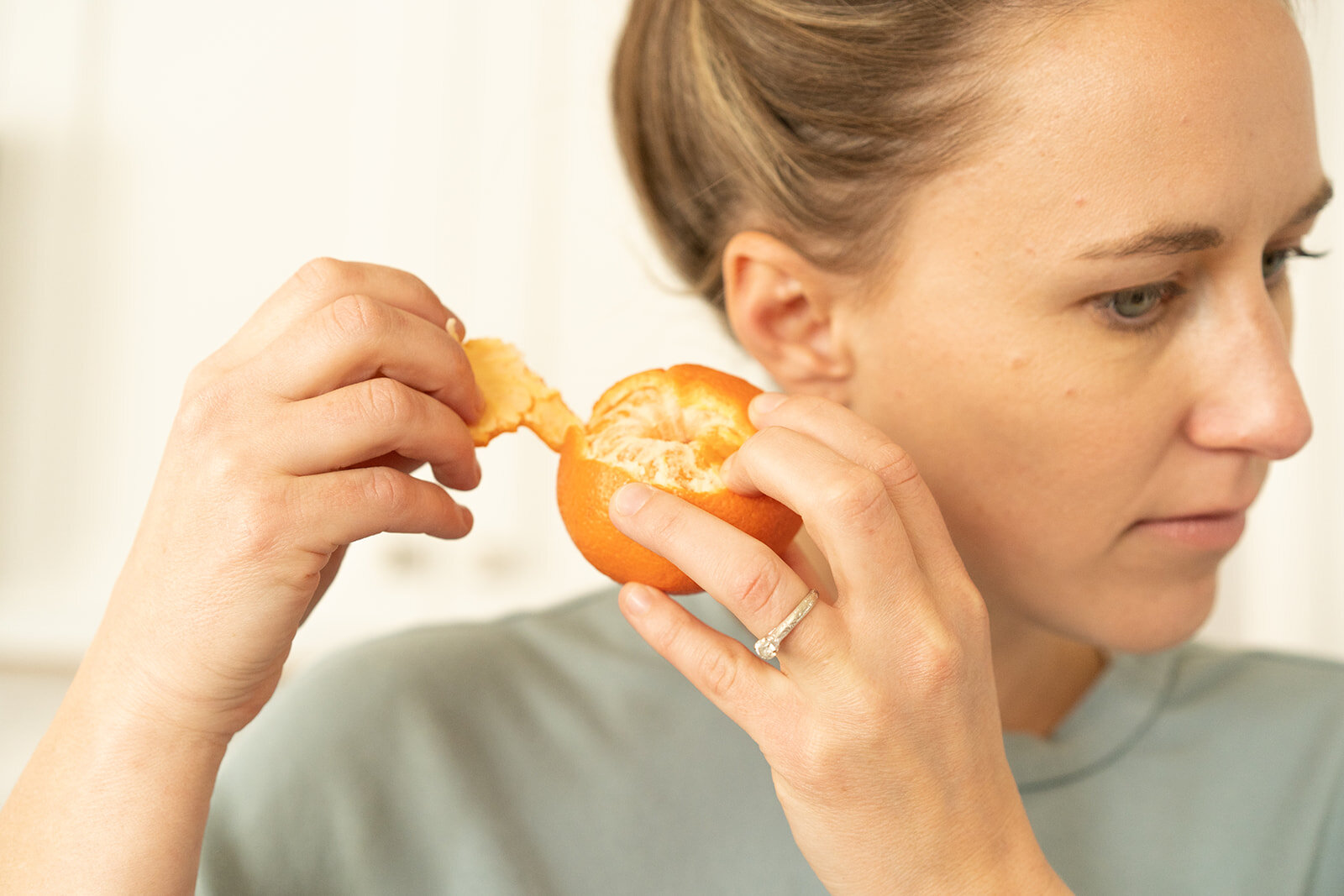How Do We Finish Winter Well?
We're about 73 days into winter and only about 2 weeks until the spring equinox! So why write a post about winter blues when we've almost made it through? I've been thinking the same thing as well. Until I realized that this is around the time where Seasonal Affective Disorder (SAD) symptoms really begin to show up. We've been in winter long enough now that it's started to leave us changed, both physically and emotionally.
You may not even think of yourself as having any winter blues. I moved to Colorado from sunny California about ten years ago. I started to experience symptoms of SAD that first winter here, but I had no awareness of what it was. Once a few gracious professionals brought it to my attention, I was finally able to start proactively fighting against it. I still deal with SAD, but the severity of the symptoms are not nearly as strong.
Now that we see winter leaving us for the longer days of spring, how can we finish it well? We can start by taking a SAD "inventory”.
Let me first say, that if you’re experiencing any of these symptoms, I'm so sorry. Seasonal Affective Disorder (SAD) can feel overwhelming and heavy. I don't write about any of these symptoms to add guilt or frustration. I simply want to walk alongside you to recognize the symptoms so that you can effectively deal with them. Taking a winter inventory can help us know how to nourish ourselves and also to be better prepared when winter comes around again.
Whether you're well versed in SAD or new to it, try to be gentle with yourself! If you feel that some of these symptoms are interrupting your life, maybe you can try a few of the movements below. They're intended to support a nervous system that is down-regulated or depressed. Little physical changes done daily can have the potential to effect your mood and behavior. Maybe you even try practicing 1 of the 3 each day for the last 16 days left of winter.
1. If you feel like your body can't get out of bed or you can’t find enough energy to complete responsibilities:
- Observe how it feels to take five deep breaths drawing your awareness to your inhale. Inhalations connect to our sympathetic nervous system, which is responsible for our energy and drive.
- After that, see what it feels like to change your position just slightly. If you're lying down in bed, try to sit up. If you're already sitting up, maybe try putting your two feet on the side of the bed and standing up. I tend to fall into the belief that I need to make changes in massive strides. Recently I'm learning to be ok with accepting small movements that I can do more frequently and watch how they add up.
2. If you see that your shoulders and back are slumped:
- Watch how a backbend feels in your body. You can turn your head, gaze, and chest up towards the ceiling. Consider even hooking your thumbs around each other, then pull your hands up and towards the ceiling. Remember to keep your core engaged so you can protect your lower back. I learned that lesson the hard way. Eesh!
3. If you notice a difficulty in engaging with daily life, family, or friends:
Consider trying this meditation with a tangerine, or really, any citrus fruit you have on hand. Take your time with this! Although I do practice a very shortened version of it when I'm getting a snack ready for my toddler. As we all know, toddlers are so well known for their patience. ;)
Notice the fruit in your hand.
Try closing your eyes to imagine where it came from.
The work of the farmer. The nutrients from the tree.
Notice where the Tangerine has attached to its source of energy.
Look for the pinpricks on its skin and any patterns they form.
Watch for any imperfections.
Observe how its bright pop of color makes you feel.
Brush your fingers across its skin, taking note of any sensations it creates. Maybe even smell the skin.
Bring the Tangerine to your ear. Open just a small part of the skin. What do you hear?
Tear a small piece of it again, this time under your nose. What do you feel? What do you smell?
Continue opening your fruit. Slowly trying to get the skin off in one piece.
Take a look at the veins within the white pith of the skin. Smell it.
Examine all the distinct sections of the Tangerine's fruit. Smell it.
Note any differences from the white pith to the orange fruit.
Slowly, begin to separate the segments away from each other.
Get curious, try to notice something about it you've never seen before.
Take a nice slow bite out of one segment. What does it taste like? Is it cold? Is it sweet? Sour? Tangy?
Observe how taking a bite out of it breaks the pulp open, and the fruit juice moves out.
Now close your eyes. Take another bite. How does that change your experience?
Keep your eyes close. Inhale. Exhale. By engaging all of your senses, you get to welcome in this single present moment.
When you take a quiet moment after utilizing one of the above tools, the stillness allows you to become aware of any shifts in your physical body.
Thank you for reading! I'm so grateful for the teachers and professionals that have shared these tools with me. I hope that you can find a community here as we learn together how to finish winter with a little more skill and resilience. Not just for this year but for any of your upcoming winters.
Much love to you,
Stacie Joy
* SAD is diagnosed after having symptoms for over two years. It usually lasts from about November-March. If it persists all throughout the year, it may be considered something more. There are some incredible resources, both online and through professional help if you feel you need support in it.
** My approach as a therapeutic yoga instructor stems from meeting the physical body and symptoms. If you’re local to my area, let me know if you would like to book a session for some additional guidance. If you're experiencing emotional symptoms that seem to be taking over, please know there are some professional resources out there. I've been so grateful to have their help in my past winters.
*** “If you feel the depression is severe or if you are experiencing suicidal thoughts, consult a doctor immediately or seek help at the closest emergency room. National Suicide Prevention Lifeline – 800-273-TALK (8255). “ - Psychiatry.org


















